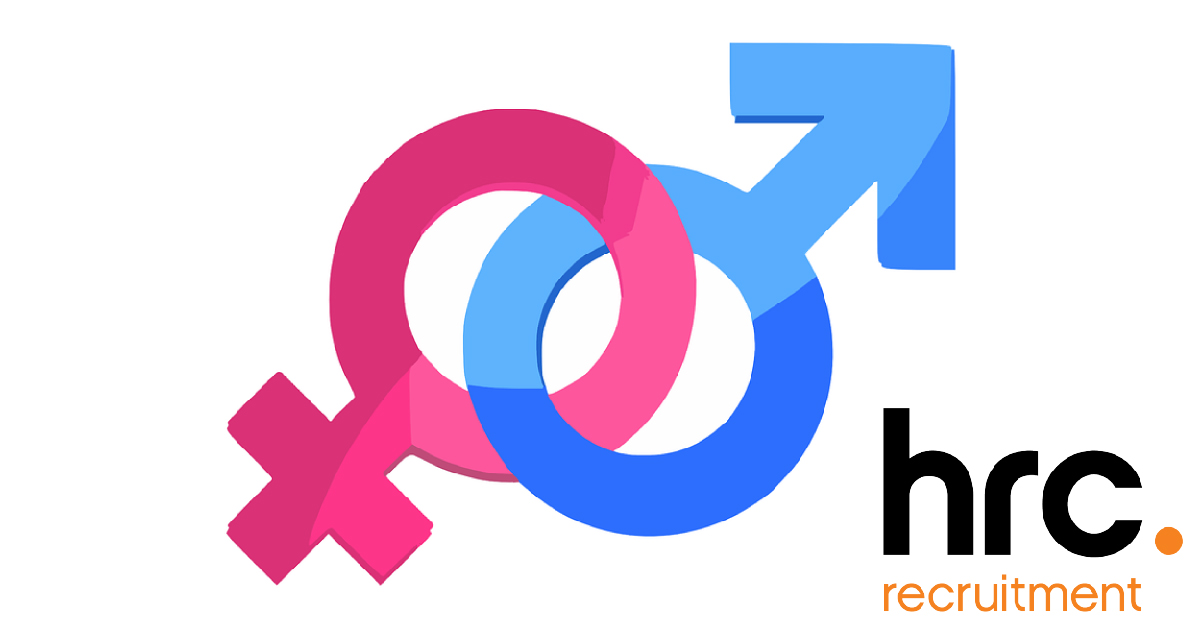Posted April 4 2018
By Andy Brady

The deadline for British businesses to declare their gender pay gap was midnight last night. All companies with more than 250 employees were due to disclose details of the gap between the average hourly rate of pay for male and female staff. Hundreds of those due to submit their report left until the very last minutes before the deadline – suggesting that British business has a real, systematic problem with equal pay.
The overall results, however, are relatively incomplete, owing to the criteria laid out. Firms with less than 250 employees may well be exploiting the females on their payroll – they simply haven’t had to declare it publicly. The hurried, last minute reports would lead you to believe that many companies were actually embarrassed to admit that they had been grossly underpaying their female staff. In fact, approximately 78% of companies reported a median-wage disparity in favour of men. Only 8% of companies were able to declare no gender pay gap.
This is despite the fact that the Equal Pay Act was introduced several decades ago in the 1970s. But, it demonstrates that women in the workplace are still chasing equality. Across Scotland, the gender employment gap stands at 6.8% whilst the gender pay gap is 6.2%. The female employment rate in Scotland stands at just 69% - and a large factor in this is insufficient access to childcare. It could also be a lack of visible role models within certain industries that prevents women background from considering a career in a particular field, or from pursuing promotion.
Last year, across the UK, the Office of National Statistics declared the average pay gap to be 18.4%. Collating all of the reports will take some time, but the pattern of unequal pay is clear from the outset. As is the issue of too few women in high-paying or board level roles. There is not enough female advancement in the workplace, resulting in male-dominated hierarchies.
Some sectors were worse offenders than other – with construction, banking and finance companies proving especially unfavourable towards women. Their average hourly pay gaps worked out around the 20% mark. From NHS trusts, to travel companies and high street brands, the systematic reporting of significant pay gaps between male and female employees came pouring through after the midnight deadline.
We have spoken at length on our blog about the merits of a diversity agenda and equality within the workplace – no matter what size your business is or the industry you operate in. It has been proven, several times over, that when a business has a workforce that accurately represents its customer base, it is more productive and profitable. Essentially, we like to know that a business shares our values.
Equal pay for all is an agenda that must stem from the top; bigger industry bodies need to set the example. Pay gap reporting only serves to highlight the overwhelming privilege afforded to males in the workplace, across all sectors of business. Salary transparency is the key for happy employees – current and prospective – and a fairer system for all.